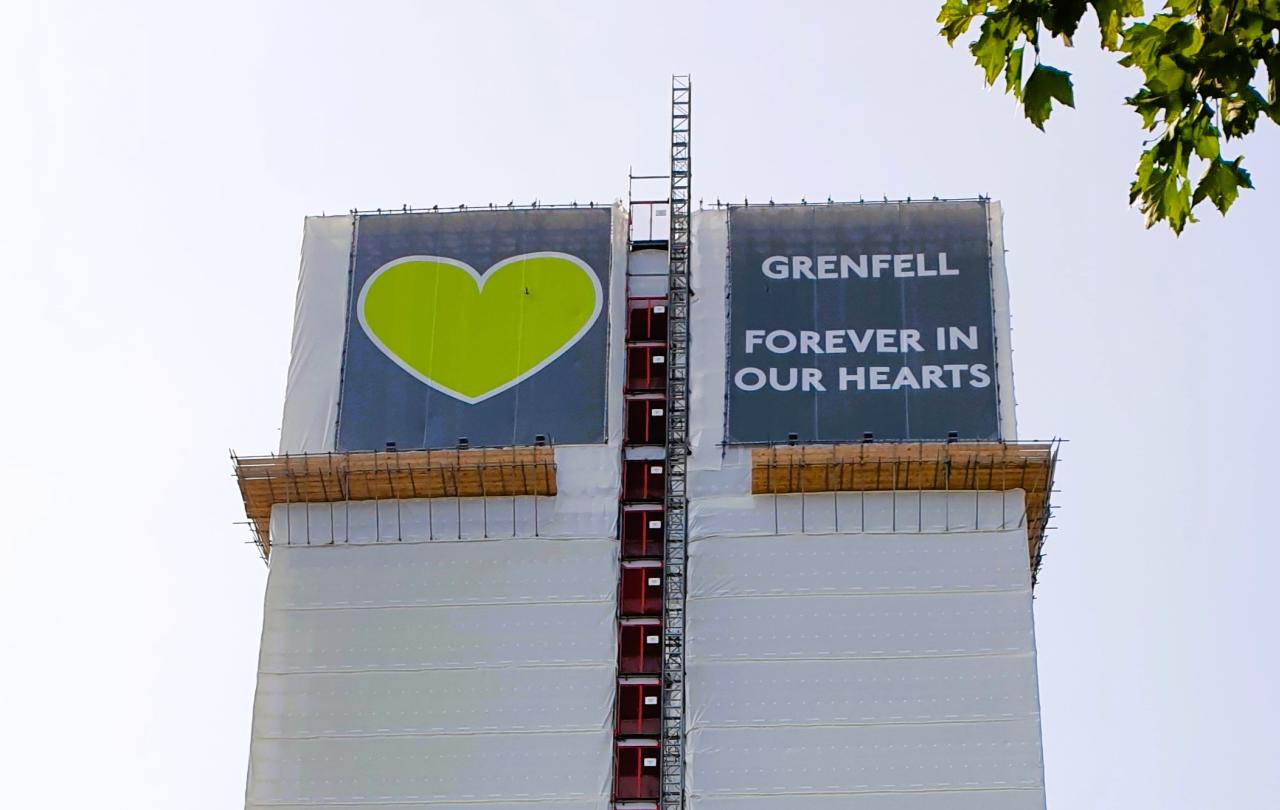I have - on more than one occasion - sent a sensitive message to the wrong person. It makes me cringe even to recall those mistakes, and so I have a certain amount of sympathy with senior US government leaders who, this week, have been caught out by private messages that got into the wrong hands.
The messages at the heart of this scandal were sent on a Signal chat between National Security Adviser Michael Waltz, Secretary of Defence Pete Hegseth, Marco Rubio, Secretary of State, J.D. Vance the Vice President, and Tulsi Gabbard, Director of National Intelligence. What none of them had realised was that inadvertently included in the group was Jeffrey Goldberg, editor of The Atlantic.
Needless to say, screenshots of the chat went viral. The problem, however, wasn’t just what was overheard, - which by itself amounts to a major security breach, - but about what that revealed about the participants – which, I believe, signals a much deeper problem: a breach of character. And there, my sympathy ends.
The White House team was discussing the recent bombing campaign targeting Iran-backed Houthi rebels who have been disrupting navigation in the Red Sea and the Bab-al-Mandab strait. According to reports, the strikes left at least 53 people dead and injured almost 100 more. Some reports say that civilians and children were among the dead. But in the confines of the walls of power of Washington, these lives were written off in a crude series of emojis: a raised fist, the US flag and fire.
Dehumanisation is a dangerous path. Once we stop seeing one another human beings with intrinsic value, dignity and worth our world becomes a far less safe place. It seems a dark day where people on one side of the planet can launch a drone attack on people on the other side and then brag about it on a messaging platform in emojis, like a bunch of mates celebrating a board game win.
The messages on Signal were not just dismissive of those deemed to be enemies – but also of those they call friends. The comments highlight the disparaging way that members of the highest-ranking leaders in the US government view Europe, their faithful and long-term ally. “I fully share your loathing of European freeloading. It’s PATHETIC” writes Pete Hesgeth, US secretary of defence.
As a European and British person, these are difficult words to read. It seems our transatlantic relationship has descended into a transactional relationship. Viewing our historical partnership as some kind of profit / loss accountancy does not bode well for world peace. Anyone whose commitment to you is based solely on financial return is an unreliable ally, and that is why Hesgeth’s words are toxic for global security.
Having recently divorced ourselves from Europe with Brexit, now it feels as though we are on the other end of annulment proceedings. The longstanding bonds between Europe and the US that once seemed unbreakable are now fragile, and the global landscape is shifting in ways that may leave us isolated at a time when cooperation and solidarity are more crucial than ever.
It is difficult to hold those in power to account, as Jeffrey Goldberg of The Atlantic, knows only too well. It would perhaps have been easier for him to refrain from going public with the compromising information he found in his possession. However, when public servants are not who they seem, it is time for private individuals to speak up and demand better.
We need to speak up in outrage not only about the security lapse, but about the character failings, not just about the breakdown in international relations, but in the breakdown in the ethical fabric of leadership. We must expose those who view human life as disposable, those who view friends as pawns in a financial game. We must hold those in power accountable for the values they uphold, or risk further erosion of the principles that underpin peace. Only by demanding higher standards from our leaders can we hope to restore the trust and integrity necessary for a more secure global community.
Celebrate our 2nd birthday!
Since March 2023, our readers have enjoyed over 1,000 articles. All for free. This is made possible through the generosity of our amazing community of supporters.
If you’re enjoying Seen & Unseen, would you consider making a gift towards our work?
Do so by joining Behind The Seen. Alongside other benefits, you’ll receive an extra fortnightly email from me sharing my reading and reflections on the ideas that are shaping our times.
Graham Tomlin
Editor-in-Chief





